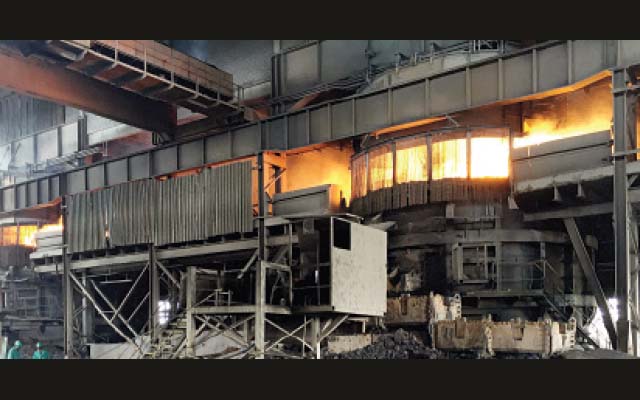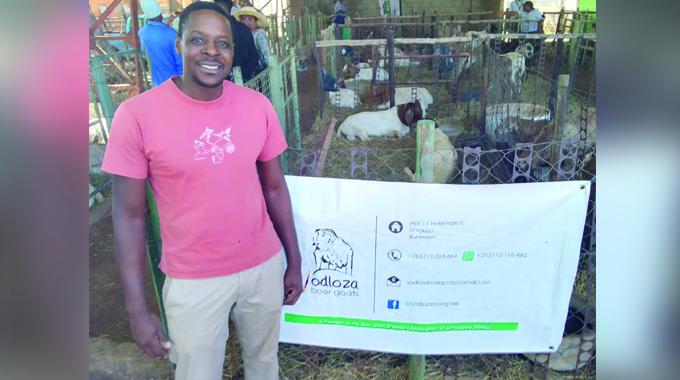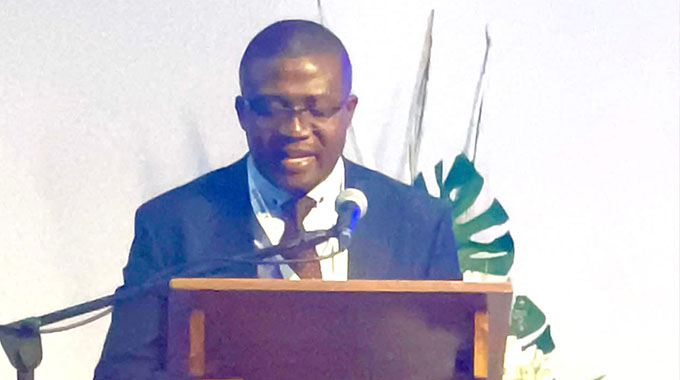Zimasco judicial manager orders forensic audit


The Zimasco judicial manager has ordered a forensic audit of the company to trace the whereabouts of funds generated by the company since its takeover by Chinese shareholders
Tinashe Makichi Harare Bureau
The judicial manager for Zimbabwe’s largest ferrochrome producer, Zimasco has ordered a forensic audit of the company to trace the whereabouts of funds generated by the company since its takeover by Chinese shareholders amid unconfirmed allegations of externalisation.
Zimasco, a unit of China’s Sinosteel Corporation was put under provisional judicial management in June this year after the company’s indebtedness to banks and creditors had gradually increased to about $65 million in 2015 from $38 million in 2009.
Mr Reggie Saruchera was appointed the provisional judicial manager for the ferochrome miner.
“Since the company was placed under judicial management, we have now opened bank accounts to separate pre and post judicial management transactions. We want to carry out a forensic investigation on all the funds that were generated by the company.
“Obviously the funds must have gone somewhere and we want to ascertain that because money has a tendency of leaving a trail wherever it goes. Our aim is to have a fresh start on the company because we believe that there is potential in reviving it,” said Mr Saruchera.
The company has been struggling since its takeover by the Chinese shareholder due to depressed ferrochrome prices and increasing high operational costs.
The situation saw Sinosteel Corporation converting outstanding loans of $99 million into redeemable preference shares at the option of the company and out of profits.
This resulted in Zimasco saving approximately $6 million per annum in interest charges. The loans had been provided partly to finance working capital with $22 million funding the rebuilding of furnace 2.
Mr Saruchera said there is staff from Grant Thornton on site at the moment overseeing the operations of the company while an officer from the Environmental Management Agency is also stationed at the plant.
“We have made sure that some of our staff are on site to oversee the operations of the company and make sure that everything is being done in a transparent manner. The aim is to get rid of any bottlenecks that may arise,” said Mr Saruchera.
On financial performance, the company’s revenue declined by 38 percent to $120 million by the end of 2015 from $194 million recorded in 2011.
He said the depressed ferrochrome prices negatively affected contributions from the company’s furnaces due to the fixed nature of costs of production.
Due to persistent losses, the company suffered from an acute shortage of working capital.
The working capital gap deteriorated from a positive $71,3 million to a negative of $2,9 million in 2015.
Mr Saruchera said ever since he inherited the company’s operations, operational costs have significantly gone down to match the current status of the company.
The judicial management implemented measures which saw the company negotiating reduction in contract prices for production of concentrates by approximately 37 percent.
“We also negotiated reduction in contract prices for metal recovery by approximately 29 percent and reduced salaries of staff (excluding NEC workers) by 50 percent,” said Mr Saruchera.
He said the Government ban on the export of chrome ores limited the company’s options for source of revenue. Zimasco has, however, secured an export licence that will see the company exporting 240 000 metric tonnes per annum.











Comments